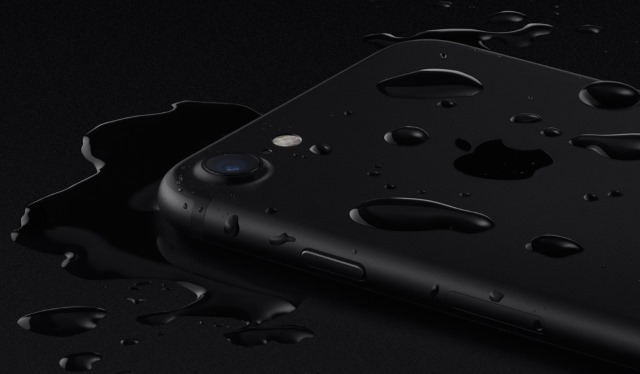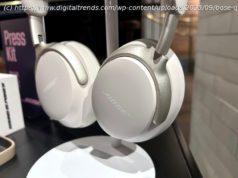 Following the release of flagship devices such as the iPhone 7 and Samsung Galaxy S7 in 2016, water resistant handsets are now the fastest growing segment in the smartphone industry. But, what does this mean for handset design in 2017?
Following the release of flagship devices such as the iPhone 7 and Samsung Galaxy S7 in 2016, water resistant handsets are now the fastest growing segment in the smartphone industry. But, what does this mean for handset design in 2017?
Let’s take a look at recent research from IDC and explain how hydrophobic nano-coating technology can support OEMs when looking to incorporate this increasingly sought after feature.
Consumer Expectations Are Invariably Changing
In 2016, we saw mobile handset design change dramatically. Two of the leading manufacturers, Samsung and Apple, finally incorporated liquid ingress protection into the design of their flagship models and consumer expectations have never been clearer. YouGov also discovered that, when choosing a device, after battery life and shatterproof screens, water resistance was the most important feature influencing consumers decisions.
IDC discovered that liquid damage is now the second most common cause of handset damage, after shattered screens — accounting for a third of repairs (35 percent). This is not a surprising figure; for the normal every day user, accidental splashes and spills can happen easily, so it is easy to see why water resistance has very quickly become an expected feature on smartphones.
Only One in 13 Manufacturers Protect Against Liquid Damage Despite Demand
Astonishingly, IDC also estimates that over 900,000 smartphones are damaged by liquids every day. For a number so high, why do only 27 out of the 360 manufacturers tracked in the report offer some type of liquid resistance? Improving smartphone resistance to spills, sprinkles and perspiration is clearly one of the key solutions to customer satisfaction.
Consequently, the number of manufacturers offering this resistance needs to rise in-line with consumer demand, and I fully believe 2017 will be the year this happens. To ensure customer satisfaction, loyalty and in turn revenue growth, some level of water resistance needs to be more than just a feature on high-end devices.
Shipments of smartphones that offer some level of protection against water or other liquids rose in the first 6 months of 2016, increasing by 45 percent, while shipments of devices without such resistance declined by 17 percent in the same period. This only confirms what 2017, 2018 and maybe 2019 could have in store for manufacturers who do not incorporate this technology.






